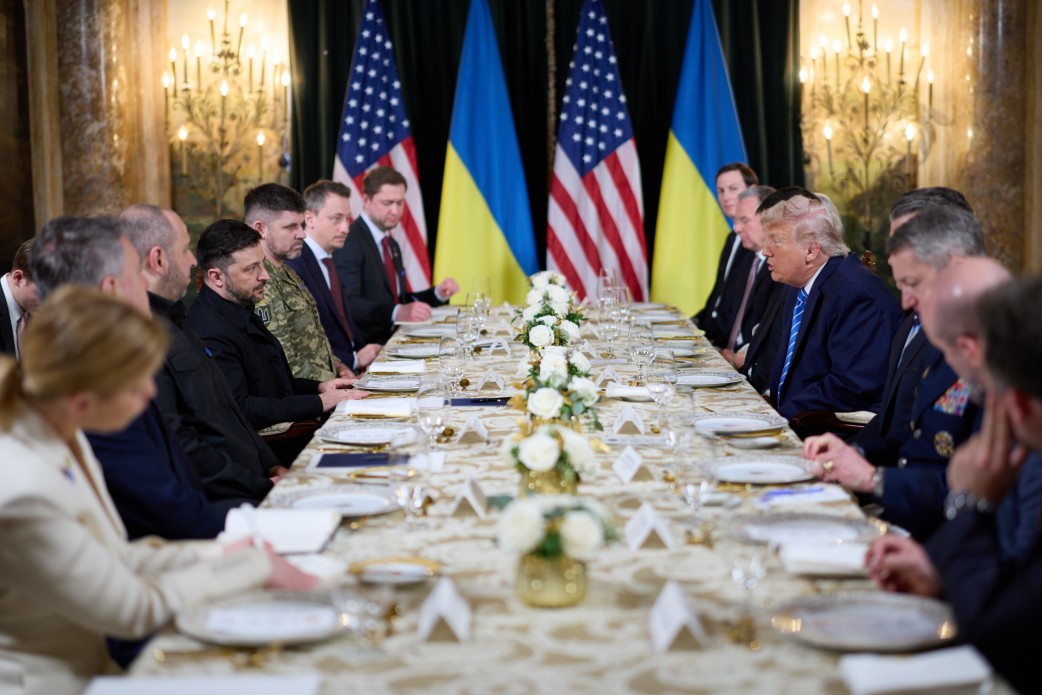From August to October 2023, the volume of new aid to Ukraine from partner countries sharply declined to the lowest level since January 2022. This information is based on the Ukraine Support Tracker research conducted by the Kiel Institute for the World Economy.
"The period between August and October 2023 saw a stark drop in the amount of newly committed aid, with the value of new packages totaling just EUR 2.11 billion, an 87 percent drop compared to the same period in 2022 and the lowest amount since January 2022 (see figure 1). Of the 42 donors tracked, only 20 have committed new aid packages in the last 3 months, the smallest share of active donors since the start of the war. There have also been little new commitments by the European Union and the United States."

It is noted that Ukraine is increasingly relying on the main group of donors, such as the United States, Germany, and countries in Northern and Eastern Europe. The forecast is uncertain as the largest outstanding commitment for aid, the European Union, has not been finalized, and assistance from the United States is decreasing.
_1701957648.jpg/THmVgbrAQPYZ2649n4BItlDbEb8hCp9TslsqsepO.jpg)
"Our figures confirm the impression of a more hesitant position of donors in recent months. Ukraine is increasingly dependent on a few key donors that continue to provide significant support, such as Germany, the United States, or Northern countries. Given the uncertainty regarding further assistance from the United States, Ukraine can only hope that the EU will finally approve its long-announced support package of 50 billion euros. Further delays will undoubtedly strengthen Putin's position," said Christoph Trebesch, Director of the Kiel Institute for the World Economy.
The Ukraine Support Tracker lists and quantifies military, financial, and humanitarian aid pledged to Ukraine since January 24, 2022 (currently through October 31, 2023). It covers 40 countries, specifically the EU member states, other members of the G7, as well as Australia, South Korea, Turkey, Norway, New Zealand, Switzerland, China, Taiwan, and India. Also, EU institutions are included as a separate donor. The tracker lists government-to-government commitments; private donations or those from international organizations such as the IMF are not included in the main database. Flows going into other countries like, for example, Moldova, are not included.
With regard to sources, the database combines official government sources with information from international media. Aid provided in kind, such as medical supplies, food, or military equipment, is quantified on the basis of market prices or information from previous crises involving government aid. In case of doubt, upper bounds of prices are used.




















